Dingo vs Basenji – Is the Dingo Related to the Basenji? (Photos)
The Dingo and the Basenji are both ancient dog breeds with a history that goes back centuries. Both dogs have been used for hunting prey, and both possess a hunting instinct that is still present in modern times. However, there are many differences between the Dingo and the Basenji.
Is the Dingo related to the Basenji in any way? In this post, we are going to be exploring this quite common question and, hopefully, by the end of this article, you will have a clearer understanding of this subject matter.
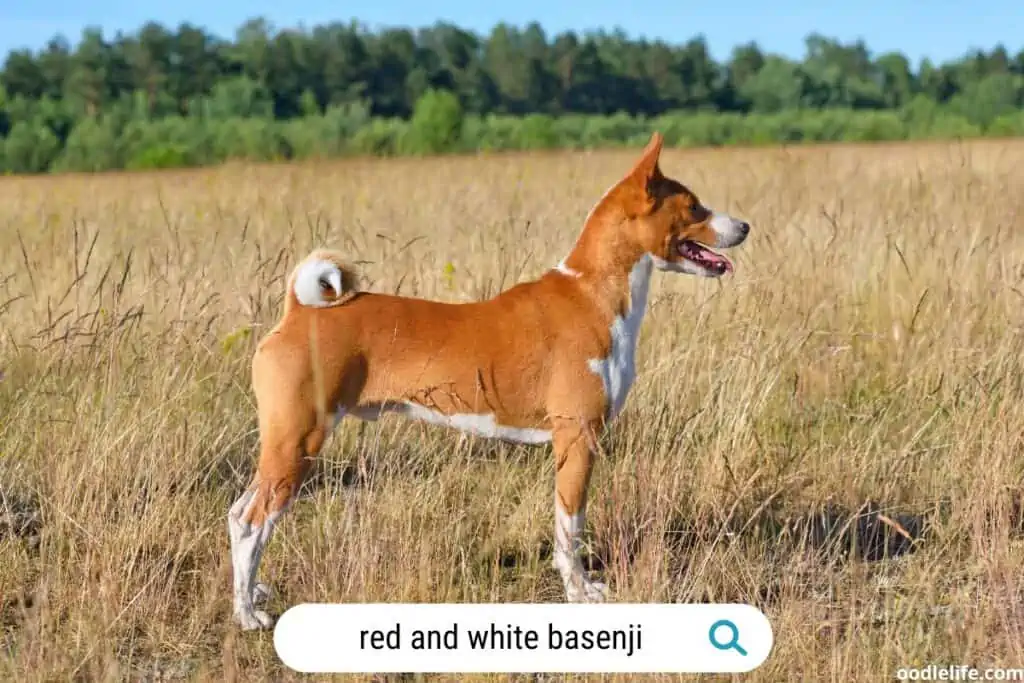
The Basenji is thought to be the oldest domesticated dog breed in the world, while Dingos were introduced to Australia by humans.
The physical appearance of Dingos and Basenjis are quite similar. Both are medium-sized dogs with shiny coats and erect ears. The most obvious difference between these two breeds is their colouration — Dingos can be found in either black-and-tan or red coats, while Basenjis can be black, chestnut or brindle.
Genetic Tests Suggest Dingoes and Basenjis are Closely Related
Researchers at the University of California, Los Angeles, have recently identified 27 genes that are unique to Dingoes. They believe these genes help explain their distinctive behaviors and physical characteristics, such as their “hypercarnivore” (having a diet that consists of more than 70 percent meat), their lack of an undercoat, their small size relative to other canids, and their ability to bark.
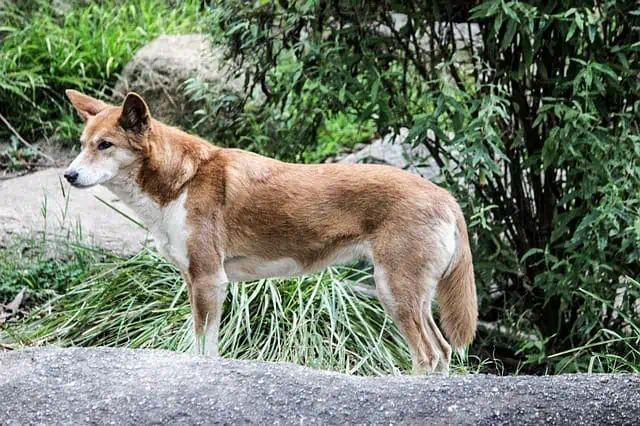
The researchers also compared the Dingo genome with those of other dogs and wolves. The results showed that Dingoes and Basenjis are closely related. Basenjis originated in Africa and were brought to Europe by traders as early as the fourth century B.C.
Dingoes arrived in Australia about 4,000 years ago with seafarers from Southeast Asia and New Guinea. The researchers suggested that Dingoes evolved independently from wolves because they lacked genetic diversity.
Previous research has suggested that Dingoes became domesticated dogs shortly after arriving in Australia. The UCLA researchers believe this is not the case, noting that Dingoes have mostly been kept as feral animals in Australia, living mainly on the edge of human settlements where they could scavenge food or hunt small game.
Dingoes are also able to survive without humans more easily than domestic dogs, who rely on humans.
Both the Dingo and Basenji are Known for Making a Wide Variety of Noises
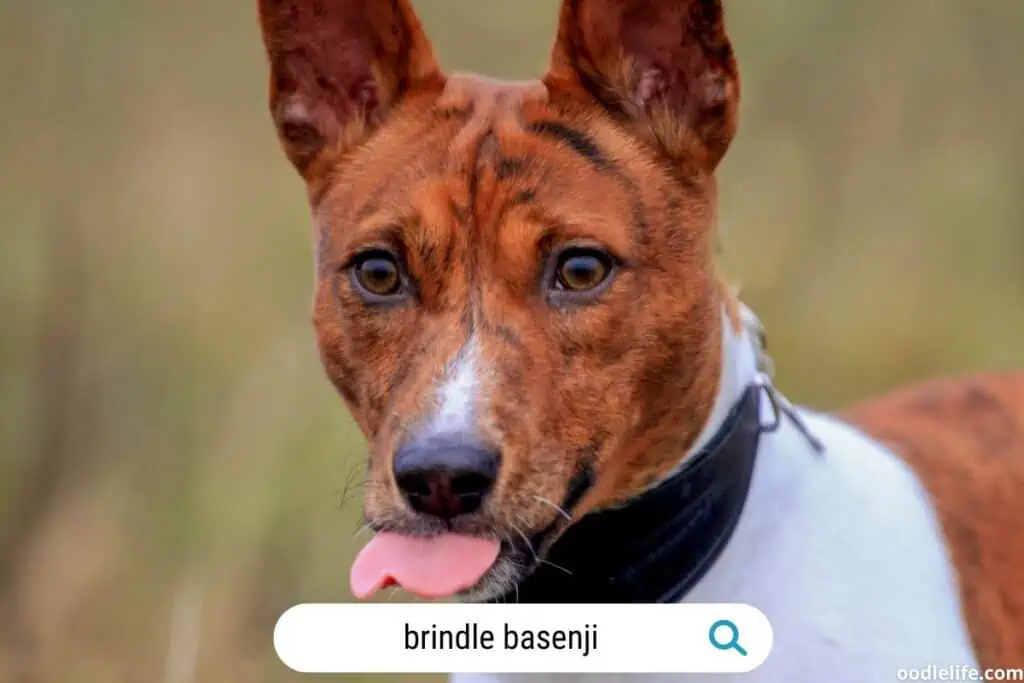
Both the Dingo and Basenji are known for making a wide variety of noises. The Basenji is known as the “barkless dog” because it rarely barks. It whines, growls, chortles, and makes a yodelling sound called a “barroo.”
The Dingo is also known for making a wide variety of sounds such as barking, whining, whimpering, howling and growling.
Because their barks are so different from other dogs, some people think that Dingoes are not really dogs at all. They believe that the Dingo is actually more closely related to wolves or coyotes. However, recent genetic testing has proven that Dingoes are indeed dogs.
Both the Dingo and Basenji Originated in Africa
It is believed that both the Dingo and Basenji originated in Africa, but that the Basenji came from a more southerly region.
There are some differences between the two dogs, and because of this, it is thought that they have a common ancestor and diverged from one another in terms of features.
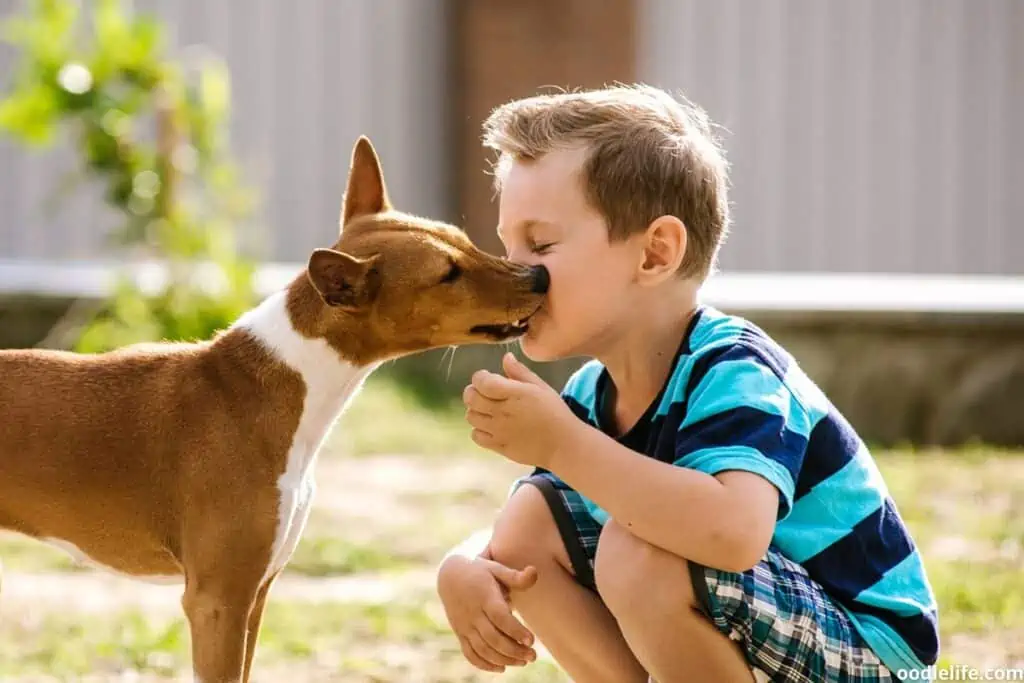
Both the Dingo and Basenji are Intelligent, Active and Good Companion Dogs
Both the Dingo and Basenji are intelligent, active, and good companion dogs. However, they can be hard to train because they have strong-willed personalities. The Basenji has been compared to a cat in personality.
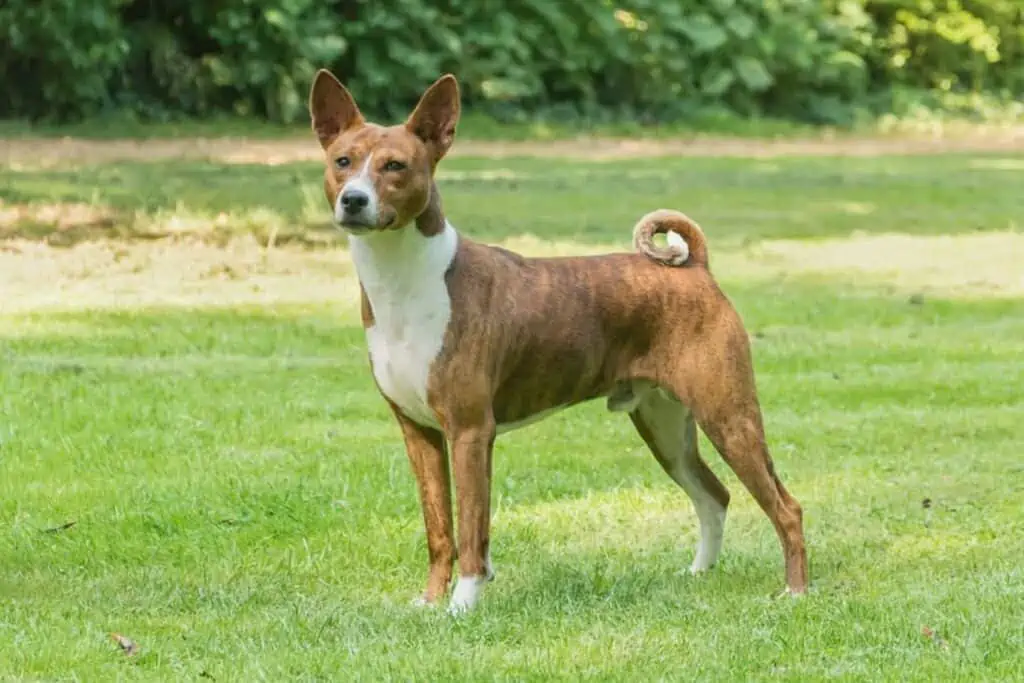
The Basenji was bred to hunt independently of humans. It has a strong hunting instinct and high prey drive. It is often uninterested in playing fetch with people and prefers games like chasing other animals or running around obstacles.
They are shy with strangers, which makes them poor watchdogs but excellent companions for their families. They are also very vocal dogs that are known for their “yodelling” instead of barking.
Both the Dingo and Basenji Enjoy Running Free
Both the Dingo and Basenji enjoy running free, and are intelligent, independent, energetic, and self-willed. Left on their own devices, both will run off to explore their environment given the chance. They both require a lot of exercise to keep their minds and bodies healthy.
Both dog breeds are also small, slender and agile. They are alert and curious, with a keen nose and high intelligence. The Basenji is also known to be a good swimmer, which may be an inherited trait from its wild relatives.
While these two dogs are similar in many respects, they are also very different in others. The Dingo has a thick coat of fur that comes in many colors and patterns — red, black or tan coats with white markings around the neck, legs and tail can be seen in the Australian Dingo populations today.
The Basenji has a smooth short coat that comes only in tricolours or brindles with white markings. It is important to note here that while it is common for Dingos to have white markings on their coats, they never occur in Basenjis.
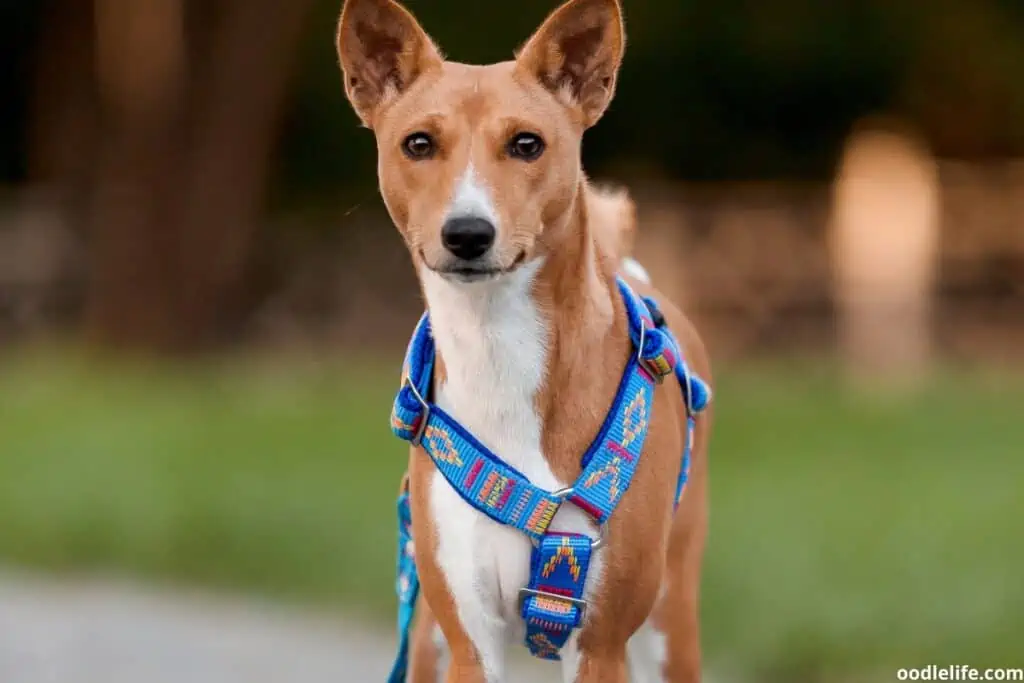
Dingos and Basenjis Share Some Traits But are also Very Different From One Another
According to the scientists, Dingoes and Basenjis share a few traits, such as their small size and athletic build. Both make great family pets and are known for being alert, curious, and playful. Both dogs also have a slightly rounded skull with erect ears, a curly tail, and a distinctive bark.
However, they are very different from one another in several ways. The Dingo has a double coat that consists of a short undercoat that is covered by longer hairs. Its fur color can range anywhere from sandy to reddish-brown to black with white markings. The Dingo’s tail is bushy.
In contrast, the Basenji is known for its smooth, glossy coat and lack of an undercoat. It comes in colours such as brindle, chestnut red, black-and-tan, black-and-white, tricolor (black with white markings), or pure black. Its tail curls tightly over its back.
While the Dingo is well-adapted to hunting in hot climates where water is scarce, the Basenji does not do so well in temperatures above 75 degrees Fahrenheit because it does not handle heat well.
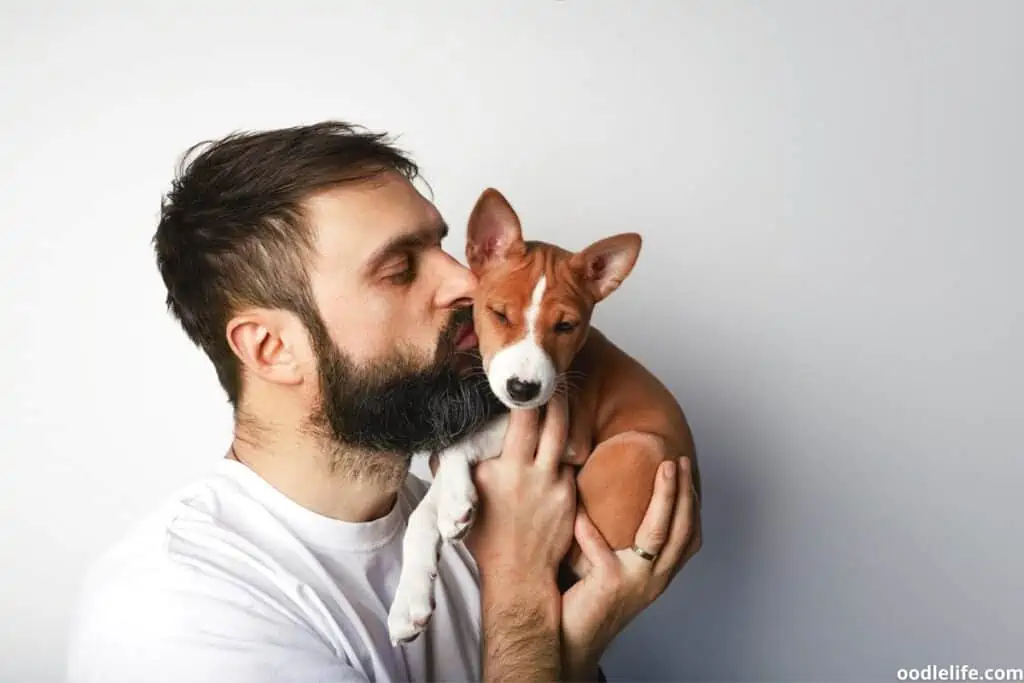
Conclusion
So, there you have it. It isn’t 100% clear but genetic evidence seems to point to Basenjis and Dingos being related. We hope that this article has somewhat helped you better understand the relationship between the Dingo and Basenji.